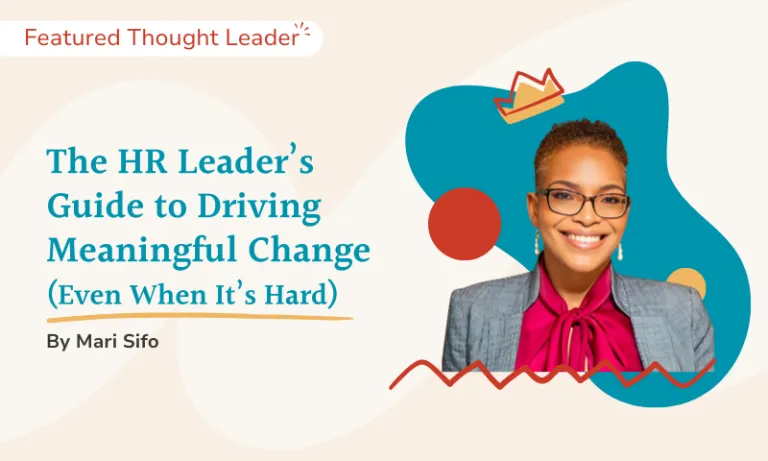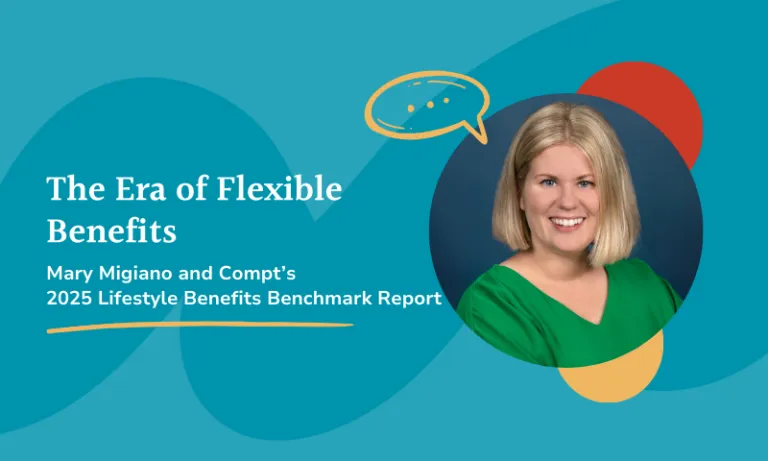As we step into 2025, I want to share insights on the transformative shifts in employee benefits trends we see ahead. Through countless conversations with our customers, industry leaders, and innovators across the HR, finance, and benefits landscape — combined with the data from our annual benchmark report — clear patterns are emerging about both the challenges and opportunities shaping the future of work.
As a people leader, you’re at a pivotal moment. Your employees are seeking flexibility in using their benefits, while you’re navigating budget constraints, rising premiums, and the need to support a diverse, growing workforce.
Here are the top employee benefits trends I see shaping 2025 (and beyond).
Employee Benefits Trend #1: Return-to-Office Mandates Will Spark Benefits Evolution
The corporate push for office returns is intensifying, with major players like JP Morgan, Amazon, and Walmart mandating five-day office weeks. While employees may comply, they’ll seek compensation for both the tangible costs (commuting, parking, increased childcare) and intangible toll (work-life balance, mental well-being) of office returns. Watch for companies to expand their benefits offerings as a counterbalance — though this may be a band-aid solution for a deeper cultural shift.

Employee Benefits Trend #2: Workplace Inclusion Takes New Forms
While ‘DEI’ as terminology faces headwinds, forward-thinking companies recognize that inclusive workplaces drive business success. Early signals from market leaders, customers, and thought leaders suggest a shift in approach rather than priority — moving from broad initiatives to specific, measurable programs that support workforce needs. Expect this evolution to manifest particularly in areas like childcare assistance and flexible work arrangements, where companies can create tangible impact for their people.

Employee Benefits Trend #3: AI Drives Professional Development Renaissance
The rapid evolution of AI is transforming every role, making professional development not just a perk but a survival tool. I expect to see companies support their people to become the critical human component in the AI machine — those who can effectively manage and direct automated systems. We’ll see a surge in upskilling programs that help employees adapt to AI-augmented workplaces rather than being replaced by them.

Employee Benefits Trend #4: Childcare Crisis Demands Creative Solutions
The astronomical cost of childcare in the U.S. isn’t just a personal challenge — it’s becoming a major business concern. From my conversations with business and HR leaders, I believe companies will prioritize creating innovative ways to support working parents, whether through stipends, flexible scheduling, or direct assistance, will have a significant competitive advantage in retention and recruitment.

Employee Benefits Trend #5: Mental Health Support Gets Generational
One-size-fits-all mental health benefits are becoming obsolete as different generations face distinct challenges:
- Gen Z enters the workforce seeking more support and guidance
- Millennials grapple with unprecedented debt and delayed life milestones
- Gen X balances careers with eldercare responsibilities
- Boomers adapt to longer careers and delayed retirement
Successful companies will move away from blanket employee wellness programs toward flexible support systems that acknowledge these generational nuances.

Benefits in 2025 and beyond
2025 will demand more from benefits programs than ever before.
Companies that succeed will be those that recognize benefits are both a critical piece of compensation as well as employee support as teams navigate complex personal and professional challenges.
The future belongs to flexible, inclusive programs that adapt to individual needs while addressing broader workplace evolution.
Here’s to a successful 2025 and continued evolution of our workplaces.
Looking for more insights on 2025 employee benefits trends?
Our 2025 Lifestyle Benefits Benchmark Report is packed with insights and trends from Compt clients to help guide your benefits strategy and create the most impactful program for your people. Get your copy of the report to learn more.






